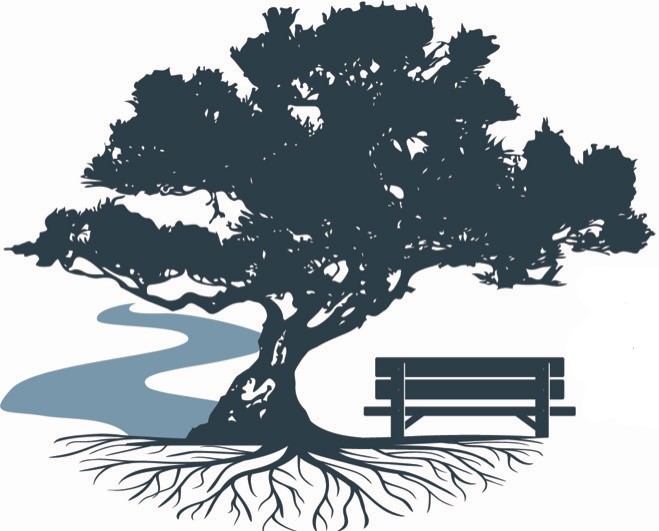In 1897, Walter LaRoche proposed the idea of a new, shorter road only to Isle of Hope. The LaRoche family had lived on Isle of Hope since the 1860s when Walter’s father Isaac bought a 50-acre tract of land. LaRoche’s solution not only slimmed down the size of the original beltline idea, but it also reduced its cost through a clever engineering plan. LaRoche’s plan had the new road branch off the county’s existing interior roads and follow the curvature of the coast along the Herb River until it reached the north side of Isle of Hope. There it would connect with an abandoned military causeway temporarily used by soldiers during the Civil War. At the end of the causeway, a new section of road would be constructed to reach the north end of Bluff Drive at the Wylly Place. From there, the existing roads off the island would complete a circuit back to Savannah. Under LaRoche’s plan, Chatham County would finally have its coastal beltline road and it would not have to build a costly new causeway over the marshes on the northside of Isle of Hope.
To pressure Chatham County to build the road, LaRoche drew up a petition and circulated it to Isle of Hopers and other southsiders. 600 signed it. Chatham County agreed to build the road and even named it, “LaRoche Avenue.” Construction began in 1900 and was completed two years later. Originally intended to be a clay road, the county later decided to “harden” the road and pave it with gravel and chert. With the opening of LaRoche Avenue, the drive to Isle of Hope and back was praised as “one of the prettiest and most pleasant in the country.” Buggy and wagon traffic to the island increased and so did the number of automobiles. Dozens of automobiles visited Isle of Hope each Sunday after the completion of LaRoche Avenue and the paving of Bluff Drive in 1902.
